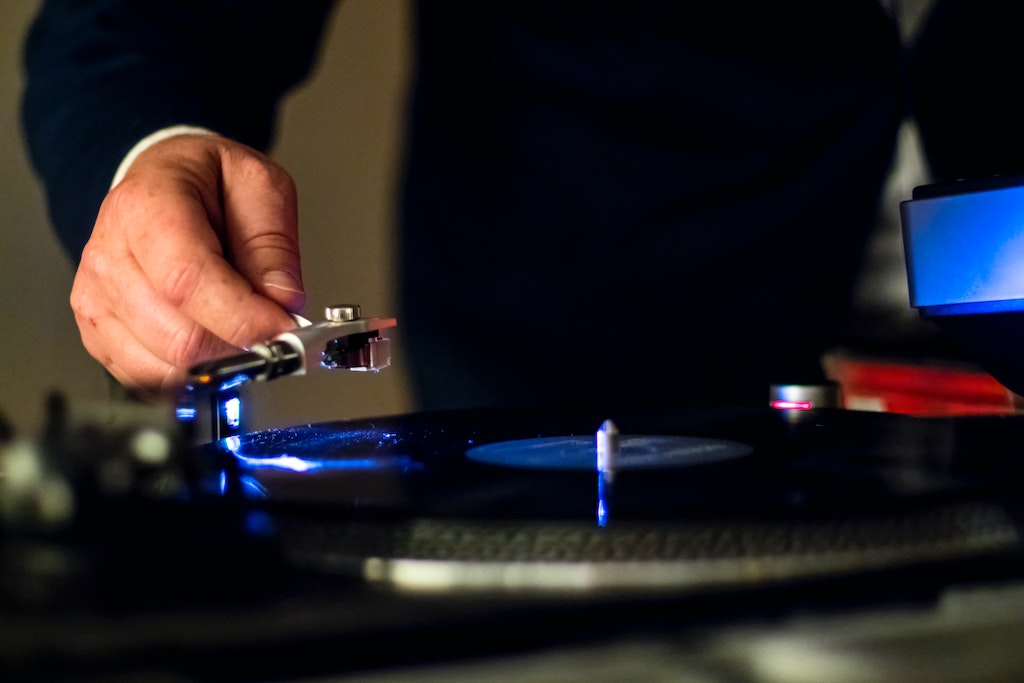As I type this in my office, I’m listening to classic 1980s tracks by George Thorogood and The Destroyers. That’s not so unusual I guess in this era of Spotify, Apple Music, Tidal and other streaming services where we can listen to whatever we want whenever we want. But every 20 or 30 minutes I have to get and turn the record over. Returning to the world of vinyl records has not only taken me on a journey into history but it offers a much richer way of listening and really enjoying music.

I started collecting vinyl just three years or so ago. I’ve always loved music and had quite eclectic tastes although I am a huge fan of rock and pop from the 1970s and 1980s – the era before CDs became mainstream. It’s hard to believe but vinyl records now outsell CDs although they’re barely a rounding error when compared to streaming services.
So, why vinyl? After all, the sound quality is… well, let’s not get into a discussion about quality. Listening to a song on vinyl is definitely different to a CD or streaming. But there’s more to music than the quality of playback.
Today’s music scene is about songs. Popular artists release a new track and its success is measured by the number of people who listen to it. It takes millions of downloads or listens for a track to make any serous money. One friend of mine, who has made a solid living from music for many years, lamented once that a song that gets 40,000 downloads might make just $3 or $4. Which may go some way to explaining why so many acts charge a small fortune for live gigs.
And it also means the revenue from CD sales has disappeared for bands that relied on selling discs at the end of gigs. There’s a generation of music listeners growing up without any physical media.
Albums tell a story. Listening to Billy Joel’s Storm Front, or Bruce Springsteen’s Tunnel of Love or The Beatles’ The Beatles (aka The White Album) is about much more than the songs. They represent a body of work that represents the artist at a point in time. Compare one artist’s work between albums and you learn something about that artist or band.
The Spotify Generation doesn’t get that. They listen to a song from one artist, then move onto another by another artist and then another. The artists learn that the secret of success, as measured in downloads, comes from not taking chances but giving people more of the same.

When I pick up a compilation album, the pre-streaming version of a Spotify playlist, I get a mix of songs that is sometimes baffling.
When I listen to Go For It! 1983 I get a collection of genres and artists that I might never have put together or listened to. It puts the amazing voice of Laura Branigan alongside the controversial-at-the-time Boy George alongside an emerging INXS with Dire Straits at the peak of their powers.
In contrast, when I use Spotify (I have a premium subscription for when I’m away from the turntables at home) an algorithm chooses the next song. And, inevitably, it’s more of the same as what I just listened to.
Each Christmas, when I play the K-Tel Family Christmas Album, I don’t just enjoy the music. The family gets a kick out of the record cover that opens into a pop-up nativity scene.

In a world where homogeneity is a prerequisite to artistic success and people expect everything to be perfect, listening to music on an imperfect but no less amazing medium is about more than enjoying one song.
Listening to music on vinyl is about listening to an artist’s story – the occasional crackle, pop or skip is a small price to pay.
